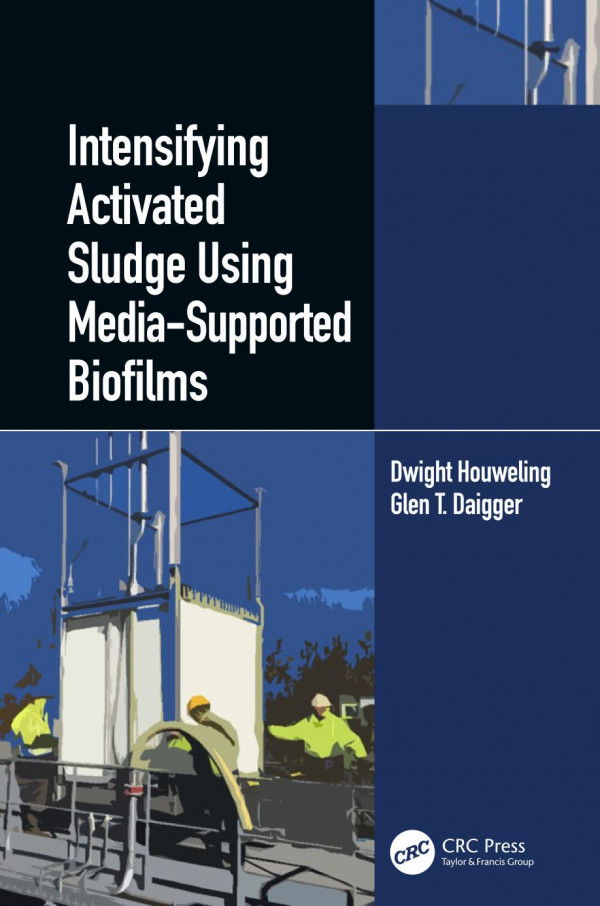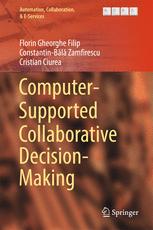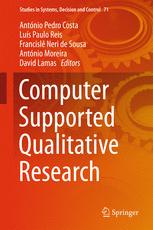Intensifying Activated Sludge Using Media Supported Biofilms 1st Edition by Dwight Houweling, Glen Daigger 9780429535895 0429535899
$50.00 Original price was: $50.00.$25.00Current price is: $25.00.
Intensifying Activated Sludge Using Media Supported Biofilms 1st Edition by Dwight Houweling, Glen Daigger – Ebook PDF Instant Download/Delivery: 9780429535895, 0429535899
Full download Intensifying Activated Sludge Using Media Supported Biofilms 1st Edition after payment

Product details:
• ISBN 10:0429535899
• ISBN 13:9780429535895
• Author:Dwight Houweling, Glen Daigger
Intensifying Activated Sludge Using Media-Supported Biofilms
Intensifying Activated Sludge Using Media-Supported Biofilms will be of interest to practicing wastewater treatment process designers, along with those seeking more compact and energy-efficient wastewater treatment options. The advantages of Moving Bed Biological Reactor (MBBR)-based hybrid processes are now well-established in practice, leading to their increased use in the field. Membrane Aerated Biofilm Reactor (MABR)-based hybrid processes are much newer and offer further systematic process and energy advantages. This book examines the evolution of hybrid technologies as well as the potential for continued improvement of biological wastewater treatment techniques. Features: Reviews current approaches for intensifying biological wastewater treatment processes and their mechanistic bases. Examines hybrid suspended growth/biofilm-based wastewater treatment processes, including the newly-developed MABR-based processes, and their unique dynamic performance characteristics. Presents a novel method for characterizing the performance and process intensification advantages of hybrid processes. Provides guidance for simulating the performance of hybrid processes, including oxygen transfer in MABR hybrid processes.
Intensifying Activated Sludge Using Media Supported Biofilms 1st Table of contents:
Chapter 1: The Traditional Activated Sludge Design SRT
1.1 The Minimum SRT
1.1.1 Nitrifier Washout
1.1.2 Design Equations
1.2 The Design SRT
1.2.1 Safety Factors
1.2.2 Ratio of Nitrifier Activity to Ammonia Load
1.2.3 Application in Design
1.3 Regulatory Guidelines for Nitrifying Activated Sludge
1.3.1 ATV Guidelines
1.3.2 Ten States Standard
1.3.3 Ontario Government Guidelines
1.3.4 Guidelines for Warmer Regions
1.4 The Opportunity Cost of Long SRTs
1.5 What Does Intensification Mean?
1.5.1 Lowering Mixed Liquor SRT
1.5.2 Maintaining Safety Factor
Chapter 2: Media Supported Biofilms and the Activated Sludge Process
2.1 Intensification Strategies
2.1.1 Membrane Bioreactors
2.1.2 Improving Settling Properties
2.1.3 Immobilizing Sludge in the Bioreactor
2.2 Hybrid Technologies
2.2.1 Fixed Media/AS
2.2.2 MBBR/AS IFAS
2.2.3 MABR/AS IFAS
2.3 IFAS Configurations
2.4 Process Design of Hybrid Processes (IFAS)
2.4.1 Empirical Methods
2.4.2 Pilot Studies
2.4.3 Biofilm Rate Model
2.4.4 Mass Balancing Biofilm and Mixed Liquor
2.4.5 Mass Balancing with Assumed Biofilm Nitrification
2.4.6 Process Modeling
2.5 Open Questions
Chapter 3: Hybrid Systems in Practice
3.1 Balancing Biofilm and Mixed Liquor Nitrification
3.1.1 Nitrifying Entirely in the Biofilm
3.1.2 Practical Constraints on Biofilm Nitrification
3.1.3 Biofilm and Mixed Liquor Nitrification
3.2 MBBR/AS Case Studies
3.2.1 Broomfield, CO WWTP
3.2.2 James River Treatment Plant
3.3 MABR/AS Case Studies
3.3.1 Yorkville-Bristol Sanitary District
3.3.2 UK MABR/AS Demonstration Pilot
3.4 Learnings from IFAS Case Studies
3.5 External Seeding Effect
3.5.1 TF/AS Process
3.5.2 Sidestream/Mainstream Processes
3.5.3 Seeding Pilot
Chapter 4: Design Equations for Hybrid Systems
4.1 Revisiting the Activated Sludge Washout Curve
4.1.1 Ignoring Influent Biomass
4.1.2 Accounting for Influent Biomass
4.2 Comparing the Two Approaches
4.2.1 Parameter Values
4.2.2 Washout Curves
4.3 Design Equations
4.3.1 Washout Curves in Hybrid Processes
4.3.2 Minimum SRT Curves
4.3.3 Required Ammonia Removal on Biofilm
4.3.4 Hybrid Processes for Safety Factor Enhancement
4.4 How Does a Hybrid Process Create Capacity?
4.5 Summary
Chapter 5: Biofilm Modeling Using Simulation Software
5.1 Biofilm Modeling Approaches
5.1.1 History of Biofilm Modeling
5.1.2 The Current State-of-the-Art
5.1.3 Robust Models for Robust Designs
5.1.4 Parsimonious Models
5.2 Simulation Software Implementations
5.2.1 1-Dimensional Models
5.2.2 2-Compartment Models
5.2.3 Equivalence of 1-D and 2-Compartment Models
5.3 Biokinetic Models
5.4 Oxygen Transfer in an MABR
5.4.1 Pressure-based Model
5.4.2 Exhaust Oxygen-based Model
5.5 Closing Thoughts on Simulation Software
Chapter 6: Investigation of Operational Dynamics
6.1 Managing Loading Dynamics
6.1.1 Conventional Activated Sludge
6.1.2 IFAS Systems
6.2 MABR Biofilm Dynamic Behavior
6.2.1 Field Data from YBSD
6.2.2 Simulating Field Data
6.3 MABR/AS Case Study
6.3.1 Model Setup
6.3.2 Dynamic Performance of Full-scale System
6.4 An Alternative Way to Achieve “Safety Factor”
6.4.1 Quantifying Safety Factor in Hybrid Systems
6.4.2 Longer SRTs or More Biofilms?
Appendix A: Glossary
Appendix B: List of Symbols
References
Index
People also search for Intensifying Activated Sludge Using Media Supported Biofilms 1st:
intensifying activated sludge using
integrated fixed film activated sludge (ifas)
activated sludge under microscope
what is activated sludge in wastewater treatment
how activated sludge process works
You may also like…
Engineering
Sludge management 1st Edition by Bhola Gurjar, Vinay Kumar Tyagi 1315349787 9781315349787
Arts - Contemporary Art
How Art Works Stories from Supported Studios 1st Edition Chloe Watfern
Education Studies & Teaching
Technology Supported Innovations in School Education Pedro Isaias 3030481948 9783030481940
Computers - Hardware
Relationships & Lifestyle - Diet & Nutrition
Cross Cultural Psychology 2nd Edition by Kenneth Dwight Keith 1119438441 9781119438441
Relationships & Lifestyle - Psychological Self-Help












